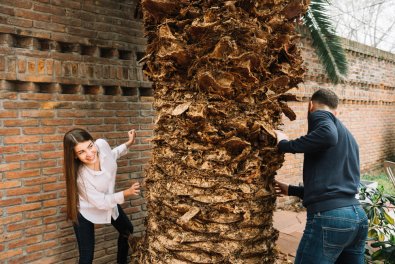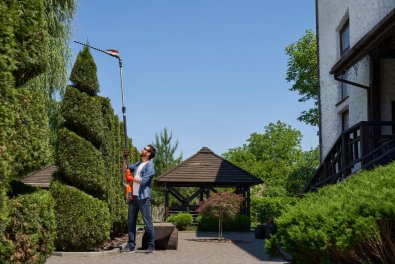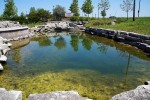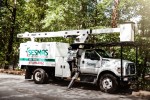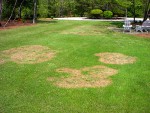Tips on How to Properly Prune Hydrangea
This is the year when most home and property owners are planning to prune their hydrangeas. There are a lot of factors to consider when it comes to pruning hydrangeas, especially when and how you do it. The type of hydrangea is also something you should consider if you want to maintain healthy plants that bloom. All these can be overwhelming for someone without the expertise, and that’s where we come in as your go-to tree care company.
We have an experienced and well-trained team who provide exceptional services like tree pruning, removal, maintenance, and many more. Leverage our extensive industry knowledge to ensure your hydrangeas are getting professional care. Here are some of the different types of hydrangeas and the ideal tree pruning techniques recommended for each.
Bigleaf (Hydrangea Macrophylla)
This is one of the most common groups of hydrangeas and is often referred to as lacecaps, mophead, or French hydrangeas. Since bigleaf hydrangea bloom on one-year-old wood, it is advisable to prune within four to six weeks after blooming. Pruning should be selective and focus more on thinning old stems to rejuvenate these plants optimally.
The professionals at Sesmas Tree Service recommend pruning not more than a third or quarter of older stems annually. However, you can reduce long branches and stems to shape it better, which also applies to oakleaf hydrangea (Hydrangea quercifolia), which blooms on old wood. Both types of hydrangeas can be pruned in the same manner to maximize growth and plant health. Avoid pruning oakleaf and bigleaf hydrangea heavily during early spring or late summer since pruning during this time reduces the flower buds for the next cycle.
Panicle Hydrangeas (Hydrangeas Paniculate)
The panicle hydrangeas include smooth hydrangea (Hydrangea arborescens) and pee gee hydrangea, which grow on new wood late or midsummer. We recommend pruning these species during early spring or in winter significantly since they can withstand a severe reduction of foliage. Smooth hydrangea, including the commonly found cultivar ‘Annabelle,’ is usually pruned nearly to the ground during early spring or winter.
Panicle hydrangea can also withstand severe pruning, but if you have trained it into a tree form, you shouldn’t go to the ground. Thinning the plant to remove conflicting and crossing branches while selectively reducing to maintain a desired shape and size goes a long way in maintaining your plant as a tree form.
Leverage our extensive experience and technical skill to maintain healthy and productive hydrangeas throughout the year. While taking on maintenance on your own is a commendable proactive attitude, hiring a professional alleviates any guesswork and guarantees peace of mind knowing that everything is done with the utmost professionalism. We take the time to assess the state of your hydrangeas before recommending a pruning solution and plan. Our team can complete the job fast without damaging your plant using state-of-the-art pruning tools and equipment. Contact us today at Sesmas Tree Service, and enjoy professional tree service and maintenance at a pocket-friendly price.




